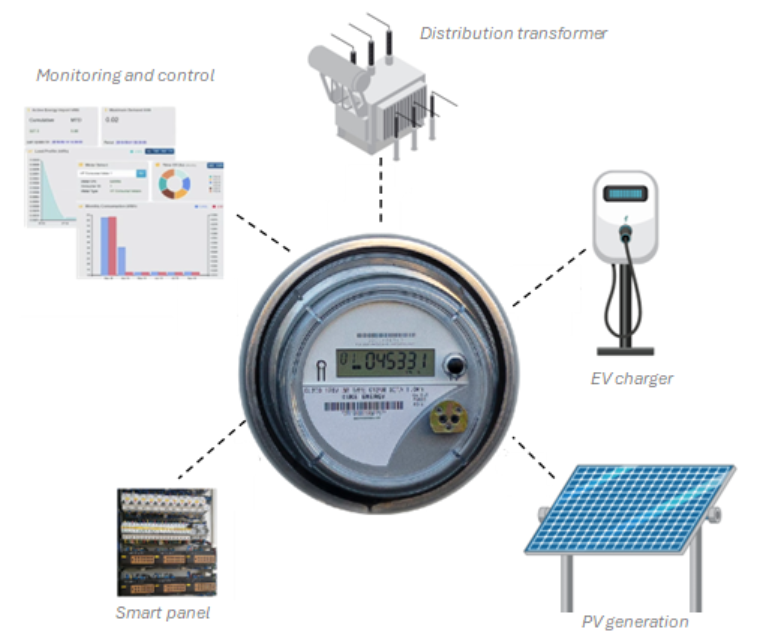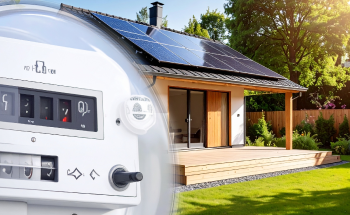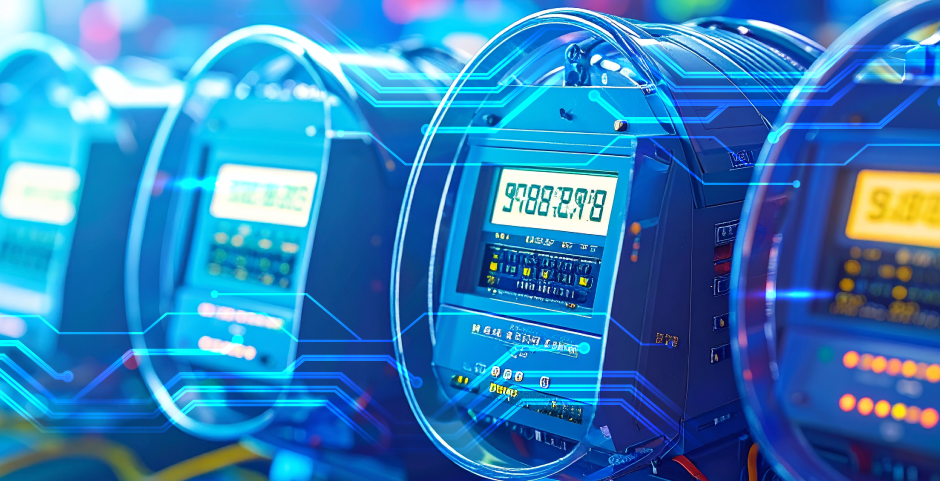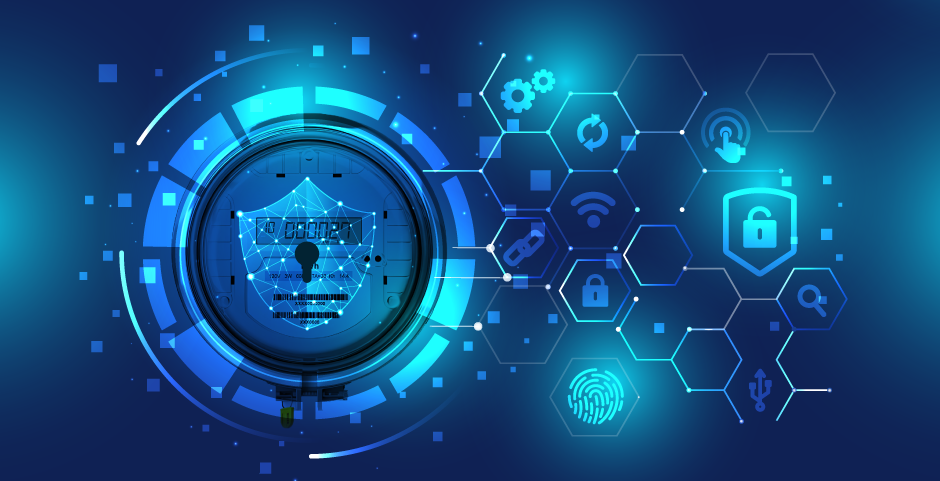Smart Meter Beyond Billing
Shwetha Bhat December 24, 2024

Shwetha Bhat December 24, 2024

Energy meters have been historically regarded as the cash box for power distribution utilities. All the major use cases in metering have been surrounding the measurement of energy being delivered, its timely reading, detection and prevention of stealing of energy. This made sense as the power flow used to be from utility owned grid to the consumer. But this grid dynamics has started to change with the introduction of DERs like Solar PVs and Electric Vehicles.
Most countries are moving towards decarbonization by reducing fossil fuels and increasing the usage of Solar PVs and EVs and thereby creating many more Prosumers in place of consumers. With solar PVs, there can be power export to the grids with a high degree of unpredictability based on factors such as weather conditions, local usage requirements etc. Electric Vehicle is usually a load, but if equipped with V2G technology can also be treated as a mobile storage of energy which can export power to the grid. These bi-directional and dynamic power flow creates new operational, planning and business challenges to utilities. Despite the DERs becoming so crucial for utilities in their grid operations and planning, currently utilities have little real time visibility, monitoring or control on such assets.
Here is where smart energy meter can play a prominent role in bridging this gap. Smart meter is present at all houses / customer premise and have a data connectivity path to the utility systems. DERs such as smart inverters and EV chargers, can be easily connected to smart meters and they would then become part of the smart meter communication network, whose one end has the utility systems. This would make DER assets also visible to the utility for closely monitoring and issuing controls to manage the challenges like bi-directional and dynamic power flows.
This solution need not end with just the DERs. Intelligent home energy management applications can also leverage smart meters and together all these makes an eco-system with smart meter playing the central role and benefiting both the utility and the prosumers.

July 25, 2025
The world energy scene is being revolutionized by the fast-paced increase of decentralized renewable energy sources like rooftop solar, wind microturbines, and energy storage in batteries. batteries. The driving force…
Know More
July 25, 2025
Smart metering has evolved significantly over the last two decades as it became a building block of modern energy management solutions. At the core of the evolution is the DLMS/COSEM…
Know More
July 25, 2025
As the energy sector undergoes rapid digital transformation, smart metering has emerged as a foundational technology in modern utility networks. By enabling real-time monitoring, automated billing, and remote disconnection, smart…
Know More